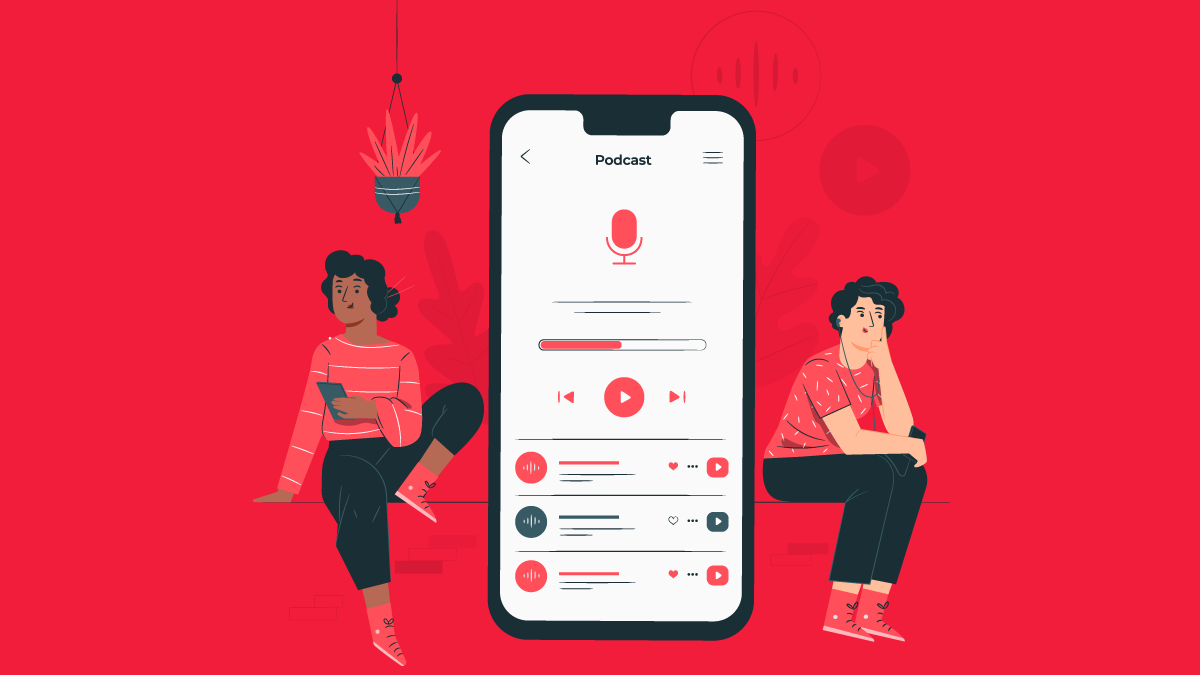
So, are you looking to start a podcast and are wondering how to do so? If you have already figured out the name, topics that you are going to cover and are left trying to navigate the sea of equipment, look no further – in this article, we are going to explain to you just about everything that you need to know about the tech aspect in order to set up a high quality podcast.
Recording & editing software – what do you need?
In order to be certain that you will have the highest quality of your podcast, you want to make sure that you have good recording and editing software. Even if you have top-notch equipment, you might not get the best out of it if the software you are using is not at the same quality level.
Of course, based on your level of experience with these types of softwares, you will want to choose the ones whose complexity and properties suit you. As experts on editing software from Wired Clip explain, starting from simpler tools that allow you to cut, edit the loudness of different layers of your sounds, and overall play with different options is the best way to go for beginners. Simple interface is going to be easier for you to adjust to, ensuring that there is a good learning curve. Once you get a hold of the basics, you will be able to tune your sound in fine ways.
Here’s what should you look for in a microphone
Just like a good mechanic needs good tools in order to do their job the best way possible, in order to make your podcast as good as you possibly can, you will need some good tools. Of course, a microphone that you use for your podcast does not need to be too expensive, especially if you are a beginner, but there are a few things that you need to consider before buying.
Clear sound is the key here
In order to make your podcast more pleasant for your listeners, the sound should, first of all be clear. Any grainy interferences have a tendency to distract your listeners, making it harder for them to follow what you are speaking, and just making the overall experience less enjoyable. In the end, the whole podcast is based on listening, so, it’s important that the quality is decent.
Good reach will make things easier for you
Making sure that you have a microphone that has a good reaching range is something that will affect both the quality of the podcast as well as your experience filming it. First of all, you don’t want to record the podcast, and just when you start editing, you figure out that the volume of your speech is low, and that as you move, you can hear the sound shifting to lower volumes as well.
Being constricted to a small radius around the microphone is going to make it harder for you to record, overfocusing on the distance and hence getting frustrated and enjoying the experience less than you normally should.
How to approach editing your content
For complete beginners, editing your content can be an intimidating barrier to launching a show, and can make the process last longer than it normally would, even if you have high quality equipment. Don’t worry though,the more you edit, the more you are going to learn and the process is going to get easier as you go.
So, you have just recorded a 40 minute conversation for your podcast episode – you load the audio into your editing software, what now? Firstly, your editing freedom and how flexible you can be mostly depends on how many audio tracks you have recorded in the first place. That being said, if you are doing a solo show, you shouldn’t worry about this.
- Topping and tailing – you want to make sure that you remove everything before the conversation has begun, and after it has ended.
- Removing long pauses – be sure to take the time to run through your audio and to remove any awkward pauses, it will optimize the flow of the podcast. Just make sure that you aren’t cutting audio too much because it will sound like you are just jumping from one sentence to another – it’s all about finding the balance, some pauses are meaningful, some aren’t.
- Ums & ahs – surely, you can’t edit out every um or ah from your audio – it will sound unnatural. So, you want to take out all the very obvious ums and ahs done in isolation, consider it “tidying up”. Be sure to only take out ones that aren’t attached to the start of other words!
- Removing unnecessary segments – if you happen to notice that at some point you began repeating yourself and slowly drifting into a rabbit hole, it would be best to remove that part.
To sum things up
In the end, it all comes down to covering the basics first, and after that – going over as many details as you possibly could in order to have the best quality to your extent. High quality content is the key to having a satisfied audience and ensuring that they are going to come back to listen to your podcast again. That being said, don’t overlook the details, good luck, and have fun!




